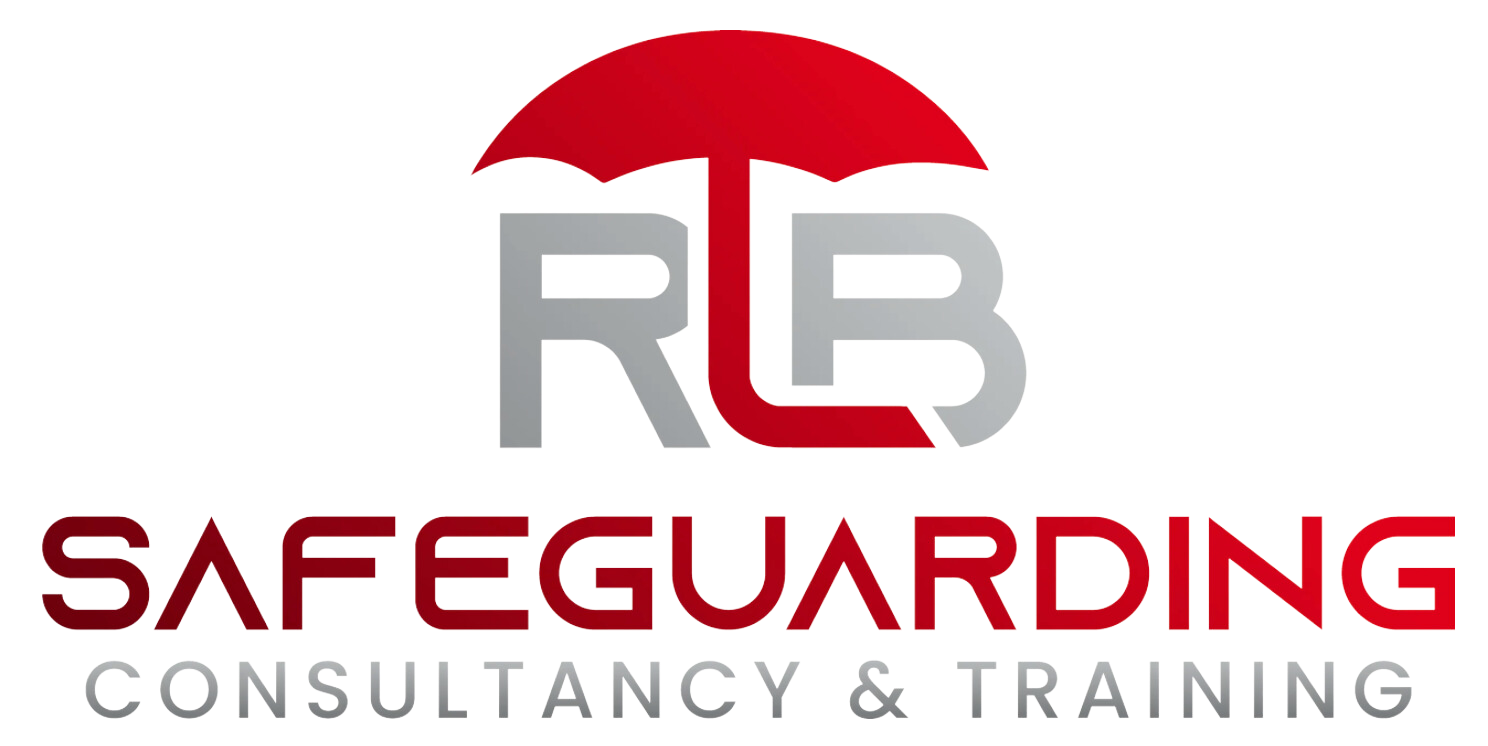Balancing employee wellbeing and performance (Guest partner blog)
A guest blog from one of our official company partners, the Founder of Ok Positive- Charlie Winton
I have spent the last four years speaking to business, people and HR leaders around employee wellbeing. There have been some common themes and trends that have stood out and none more so than how to balance employee wellbeing and the overall performance of the business. Often, they are separated within organisations. Wellbeing is positioned as a benefits package or employee assistance plan and performance is the very heart that pumps blood through the business. However, we are all starting to realise they are actually intrinsically linked.
We are now familiar with the correlation between mental health support and increased productivity in the corporate world through extensive research but in practical terms what does this mean?
If you have a great culture including extended time off, employee benefits and external support for your staff, does this bring increased productivity? We have found that it is far more specific for each organisation and their internal processes.
Providing a therapist service is counterproductive if your operating models, KPIs and management structure is causing people to use them frequently. Furthermore, we have a wellbeing industry that is incentivised by uptake and engagement in these services rather than the impact they have.
Performance is easy to understand with targets and goals linked to either revenue generation or company metrics. But what within a business causes underperformance and how is that linked to wellbeing?
Essentially, the common trends we have seen highlight that each business operates in its own unique way and measures performance differently. They also tend to focus on wellbeing as a benefit or perk. This makes understanding the correlation between wellbeing and employee performance very difficult.
Like anything organisations are constantly evolving and with this you need to build, measure and learn from your operating model and how this affects the wellbeing of your employees. Real-time continuous feedback from employees is essential along with a culture of acting upon feedback in a collective manner.
An example of this is transparency in communication. Holding each stakeholder within the business to account and being open about the requirements of the business. Supporting the mental health of employees requires action and it may not be as complex as it seems.
An example: There are high levels of stress in an organisation due to the IT system causing delays of over an hour a day per employee. This will affect performance negatively and at the same time increase the stress on employees which is negatively impacting employee wellbeing. Without action from all stakeholders this problem will continue. However, if this is fed back by employees and the company reacts and actions a solution to the issue it will have a significant impact on both areas. A win for everyone but it requires collective responsibility from all stakeholders.
The biggest challenges we have seen when it comes to both balancing employee wellbeing and performance is collective responsibility. Employees need to be open about the challenges they are having and the organisation's senior leadership need to act upon the information rather than disregard it
About OK+
Mental health wellbeing is at the forefront of OK Positive. Their mission is to improve upon wellbeing within the workplace by providing tools to help people develop their self-awareness and resilience, and to also create a safe space for people to give real-time continuous feedback. Which ultimately allows the organisations to act upon that feedback. OK Positive uses the Acceptance and Commitment Therapy (ACT) approach, which focuses on being aware and accepting of uncomfortable feelings or situations, and being open minded so that people can engage with these feelings and make decisions based upon their own values. It provides an opportunity for organisations to consider their employees challenges and build a happier and healthier workplace. For more information about OK Positive, follow the link bellow: https://www.okpositive.org/
